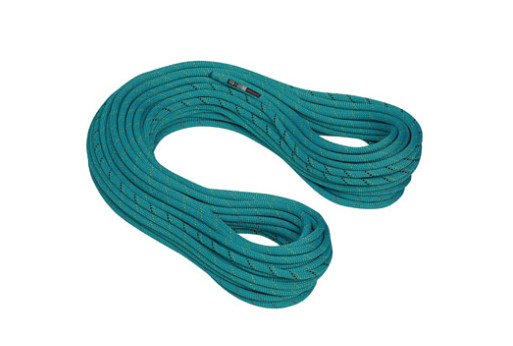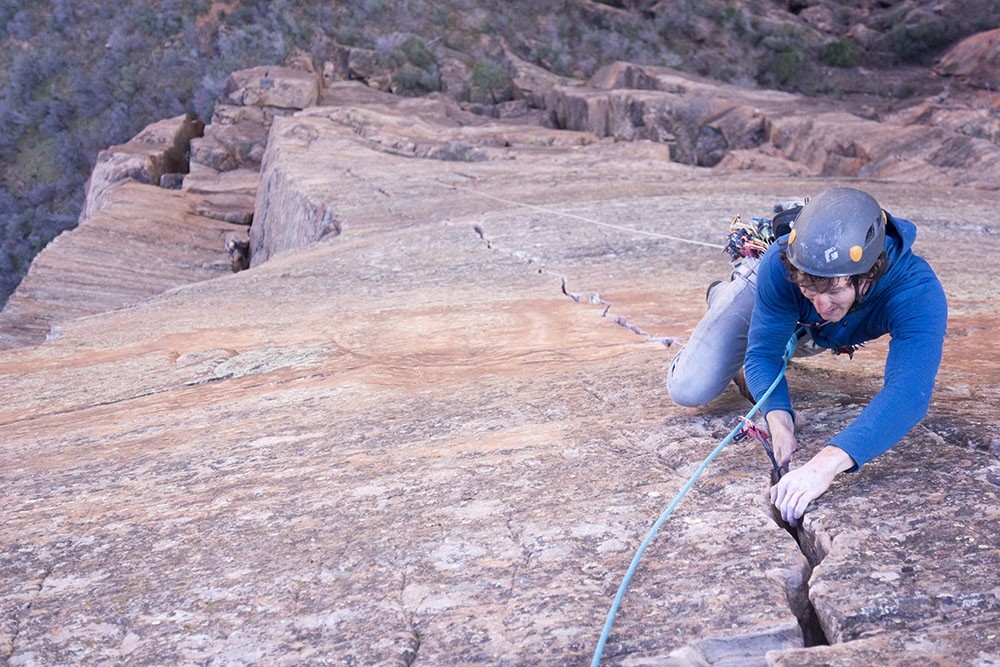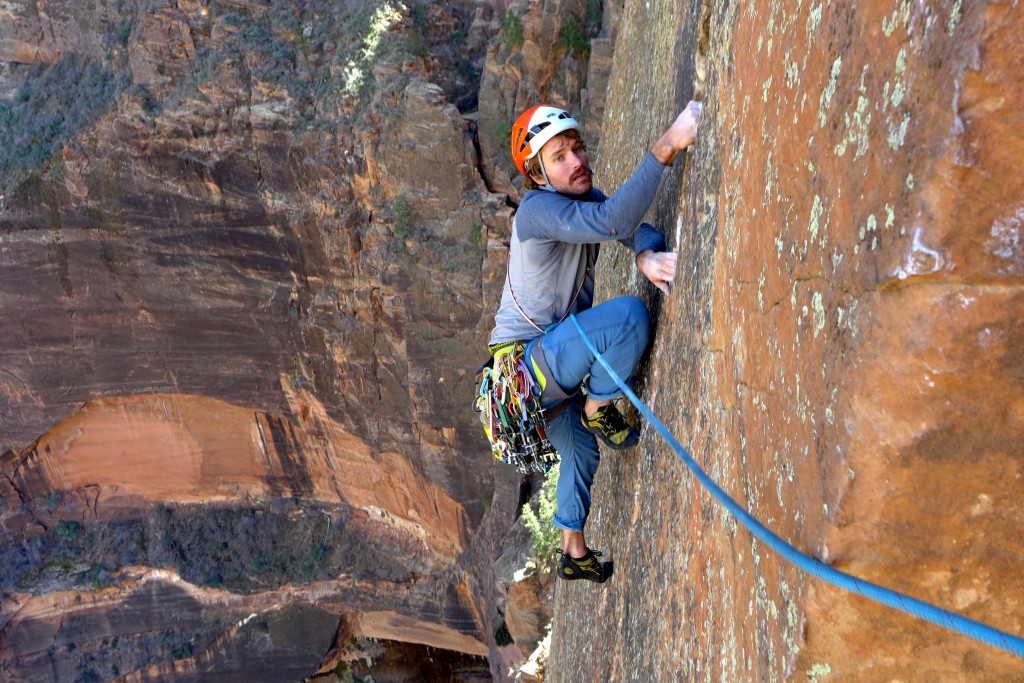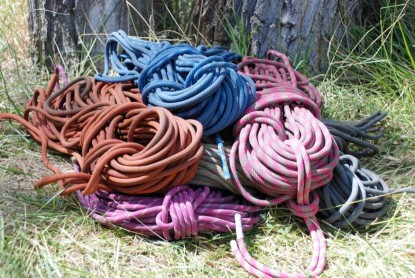Mammut Sensor Review
Our Verdict
Our Analysis and Test Results
Overall the Sensor performs like an average thick workhorse rope, if perhaps a little heavier and stiffer than the Top Pick in that category, the Sterling Marathon Pro. Mammut's BiCo Sense technology is what makes this rope unique and should be the primary reason for any potential purchase. This is essentially a thick fiber woven into the sheath at the middle and near the ends that makes both of these locations visually and tactilely sensible. We can confirm that this increases safety to a modest degree by reminding a belayer or rappeler with a subtle rumble when they are nearing the end of the rope. We are unsure, however, whether this safety feature justifies the increased price and reduced performance of this rope relative to others in its size class. Either way, we applaud Mammut for this innovation and hope to see it included on more ropes in the future.
Performance Comparison
Weight
This beefy 10.0 mm rope weighs in at 67 g/m, the heaviest of any rope in this review. In a 60 meter length, that equates to an extra eight and a half ounces as compared to the second heaviest, the Marathon Pro. This heft may not be problem for the close-to-home hard use that we think it is intended for.
Catch
So what do you get for that significant weight? Well, the Sensor was able to catch more UIAA test falls (ten) than any other rope reviewed. Unless you're insane and like to regularly take factor 2 whippers, this may not be definitively useful, but it does demonstrate Mammut's commitment to making strong ropes.
On a more applicable note, the impact force and static elongation of this rope placed in the middle of the field. It does not provide a particular hard or soft catch, which means that it should function well in a variety of uses.
Handling
Like many of the thicker ropes reviewed, this rope exhibited worse handling than the rest we tested. That is not to say that the handling is bad, simply that it was understandably stiffer than the skinnier options. We still found it fed adequately through a belay device for lead climbing or top roping. Along with all Mammut ropes, the Sensor is factory lap coiled, so you don't have to bother with kinks or untangling before the first time you use it.
Durability
The Sterling Marathon Pro and this rope were the only to receive nines in our durability rating—the highest score awarded in the category for this review. Apart from its significant weight that is partially responsible, the 38% sheath proportion is also above average. These characteristics, combined with a SuperDry coating to the core and sheath, result in a rope that held up to all the abuse our testers put it through.
Best Applications
The BiCo rumble strips near the ends increase safety the most in lowering or rappelling situations. We think this makes the most sense as a cragging rope at locations with long pitches. There is no substitute for vigilance, however, and even with these safety features it's still a good idea to tie knots in the ends of your rope for rappels or lowers of unknown distance.
Value
The $320 suggested retail price for this rope makes it the most expensive of any rope tested. A subtle red or yellow thread on either side of the middle makes it technically a bi-pattern, and helps explain the price. Depending on your risk tolerance or wallet size, the BiCo markings might also justify the elevated cost. Additionally, as of the time of this writing, the Sensor is on sale from many different sources at discounts that make it more of a bargain.
Conclusion
With the introduction of the visual and sensible markings on the Sensor, we have seen the first significant improvement in climbing rope safety in some time. In this initial offering there are still performance and price issues, but with time we expect Mammut to resolve them. Until this technology becomes available in more models, this rope is ideal for climbers shopping for a workhorse rope that are also interested in increasing their margin of safety.
Other Versions and Accessories
The Sensor is only available in a bi-pattern with a SuperDry treatment, but it does come in either 60 or 70-meter lengths.








